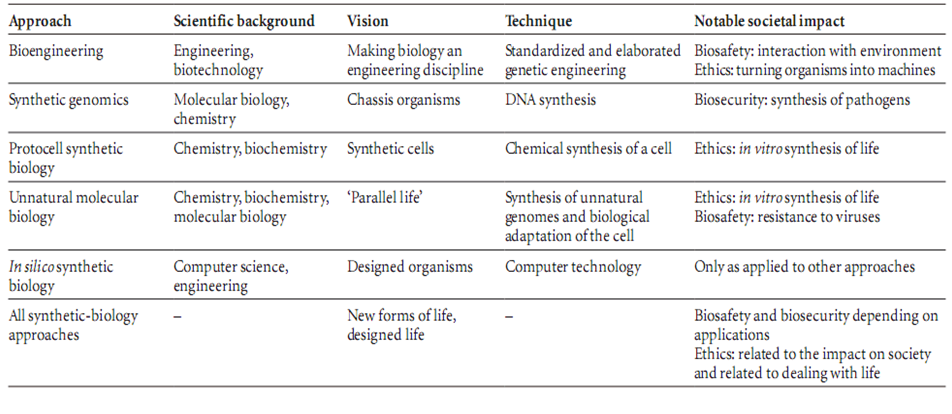Team:Tsinghua/Design
From 2009.igem.org
| Background | Brainstorming | Design | Experiment | Results | Notebook |
|---|
Contents |
Production of the targeted gene therapy vector
After the construction of the synthetic genome and the Therapeutic DNA which are carried by two molecular cloning vectors(they will carry different origins of DNA replication), we will cotransform them into the E.coli for the production of the targeted gene therapy vector.
After the addition of IPTG at proper peroid of the transformed bacteria, the structural proteins of the gene therapy vector will be expressed, which are sufficient for the package of the Therapeutic DNA (with O and P) into the gene therapy vector viroin.
Given appropriate time for enough package yields(evaluated by modeling), the E.coli for production will be lysated manually or inducibly. Then the gene therapy vectors can be isolated and enriched by established protocol of viroin purification.
Functioning of the targeted gene therapy vector
An idealized model for the functioning of the targeted gene therapy vector is proposed. After the injection of the purified gene therapy vectors, the vectors will conveyed to target cells by circulation (specific situations should be discussed with respect to different types of cells and different diseases). The synthetic vectors will invade into the target cells in a manner similiar to the wildtype adenovirus-attachment and internalization. This function is empowered by the targeted biobrick in the synthetic genome.
Firstly, the tissue-specific peptide (selected by phage display) on the surface of the viroin will attach to the receptors on the surface of the target cells. Secondly, the RGD domian at the bottom of the engineered fiber will interact with integrin of the targeted cells, thus internalize the whole viroin by endocytosis.
Function of the System
Innovation of our Project
By comparing the structural similarity of bacteriophage lambda and adenovirus, this project applies the synthetic biology strategy at the genomic level, transplanting the complex process of viral gene therapy vector production into prokaryotic cells. This approach makes the industrial production of gene therapy vector easier to standardize and manipulate, which coordinates the standardization, abstraction and decoupling principles of synthetic biology. As for the synthetic engineering of the targeted biobrick, we decouple the process of viral infection into two sub-steps, attachment and internalization, which are ensured by the synthetic targeted peptides and RGD domain respectively. Viewed from the overall project, this approach is equivalent to synthesizing a viable form (coinciding with Craig Venter’s approach on synthetic biology) that actually contributes to clinical uses. This reflects the synthetic biology’s extension in human practice by learning from nature.

References
[1] David A.Williams, and Christopher Baum. Gene Therapy—New Challenges Ahead. Science. 2003, 302, 400-401.
[2] Marina Cavazzana-Calvo et al.. Immunodeficiency (SCID)-X1 Disease Gene Therapy of Human Severe Combined. Science. 2000, 288, 669-672.
[3] Esmail D. Zanjani, and W. French Anderson. Prospects for in utero human gene therapy. Science. 1999, 285, 2084-2088.
[4] Leland H. Hartwell, Leroy Hood, Michael L. Goldberg, Ann E. Reynolds, Lee M. Silver, Ryth C. Veres. Genetics: From Genes to Genome. McGrawHall, 3rd edition, 2008.
[5] http://en.wikipedia.org/wiki/Gene_therapy
[6] Jerry Guo, and Hao Xin. Splicing out the West?. Science. 2007, 314, 1232-1235.
[7] Chopra Paras, and Akhil Kamma. Engineering life through Synthetic Biology. In Silico Biology 6. http://www.bioinfo.de/isb/2006/06/0038. Retrieved on 2008-06-09.
[8] http://www.syntheticbiology.org
[9] Michael T. M., John M. M., and Jack P. Brock Biology of Microorganisms. Prentice Hall, 12th edition, 2008.
[10] Glen RN, and Phoebe LS. Role of αv integrins in adenovirus cell entry and gene delivery. Microbiology and Molecular Biology reviews. 1999, 63, 725-734.
[11] Yuanming Zhang, and Jeffrey M. Bergelson. Adenovirus Receptors. J. Virol. 2005, 79, 12125–12131.
[12] Miyazawa N, Crystal RG, and Leopold PL. Adenovirus serotype 7 retention in a late endosomal compartment prior to cytosol escape is modulated by fiber protein. J. Virol. 2001, 75, 1387–1400.
[13] Shayakhmetov DM, Eberly AM, Li ZY, and Lieber A. Deletion of penton RGD motifs affects the efficiency of both the internalization and the endosome escape of viral particles containing adenovirus serotype 5 or 35 fiber knobs. J. Virol. 2005, 79, 1053–1061.
 "
"
